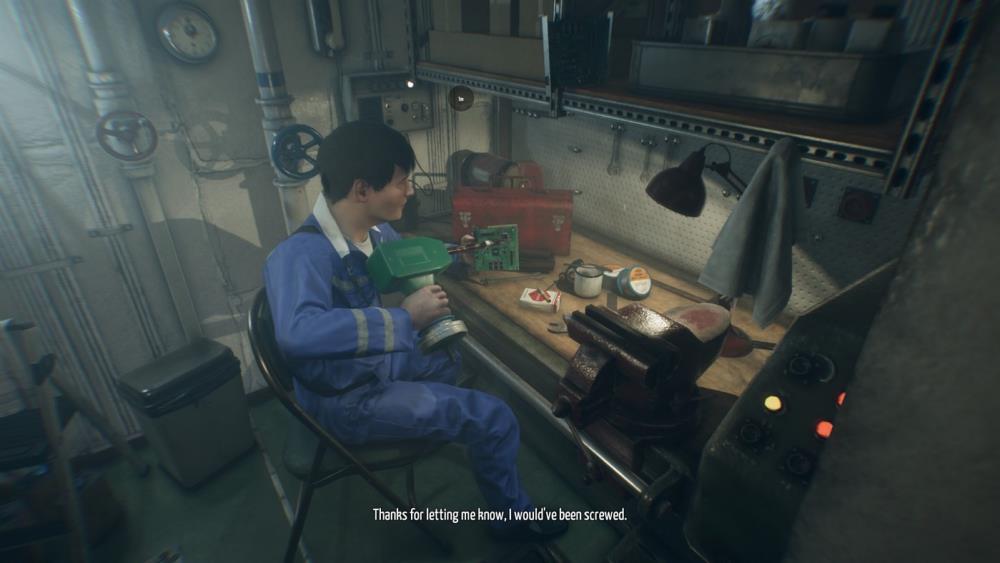
But it's really hard to tell as bandwidth also plays a role, says Jujubee's Michal Stepien.

Gareth writes: "Kursk could have been excellent, even though the premise itself is a little unsettling. The exploration and detail of the sub itself is great and feels very original, and there are some nice little gameplay elements found throughout. The movement between the different sub-compartments and the animation it brings does however become very annoying, very quickly, and it is this which destroys the impact of the game in regards to pacing."

Polish developer Jujubee S.A. has announced that their documentary-adventure game Kursk has just received a -60% discount on Steam. The offer ends on April 1.

Kursk is an adventure survival game that looks at the tragedy of the submarine ship from a new angle and will combine first-person action with a heavy focus on a carefully crafted story and engrossing gameplay.
It's like each developer says something different. But I guess they know more than use since they actually developer and I am just a gamer
2hen Ps4 was announced I was told by some on this site that GDDR5 ram will help Ps4 more in the future.
This is really easy to resolve. There are lots of test showing cards that use DDR3 vs GDDR5 memory. DDR3 has never won. The latency is real but the reason why DDR3 never overcomes GDDR5 is because the latter has an overwhelming bandwidth advantage. Also, the latency itself is so small, it is practically irreverent.
This GOD-Damn site!!
Is double talk news worthy now?
Gaming bolt is becoming just as much of a laughing stock site as Dualshockers.